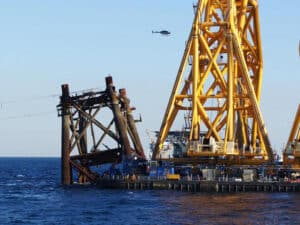
Shell finds Alaska less hospitable than Mars
Written by Nick Blenkey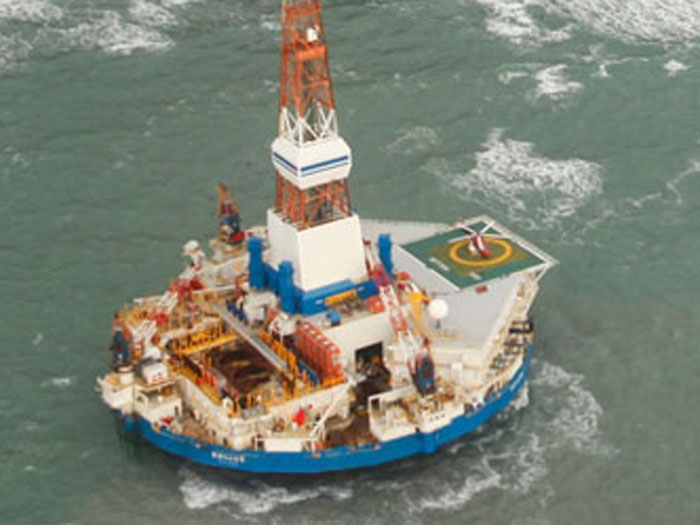
Shell's Alaska woes have included the Kulluk grounding incident
FEBRUARY 7, 2013 — New Shell CEO Ben van Beurden has told investors that Shell has decided to keep its exploration program for Alaska on hold 2014. He cited a recent Ninth Circuit Court decision against the Department of the Interior, saying that it raises substantial obstacles to Shell’s plans for drilling in offshore Alaska.
“This is a disappointing outcome, but the lack of a clear path forward means that I am not prepared to commit further resources for drilling in Alaska in 2014,” Mr. van Beurden said. “We will look to relevant agencies and the Court to resolve their open legal issues as quickly as possible.”
The company put its Alaska plans for 2013 on hold after a its drilling units Kulluk and Noble Discoverer experienced a string of problems in 2012 that included the grounding of the Kulluk after the drilling season.
Mr. van Beurden said that capital spending will be reduced this year. In 2013, it totaled $46 billion, including $8 billion of acquisitions. In 2014, Shell expects total capital spending of around $37 billion, including $2 billion of previously announced acquisitions.
Innovative large-scale projects such as Pearl gas-to-liquids have been the main drivers behind Shell’s recent increase in cash flow, which reached over $87 billion in 2012-13 combined, an increase of 35% on 2010-11. Recent start-ups and Shell’s latest projects and acquisitions – dominated by liquefied natural gas, and deepwater oil in the Gulf of Mexico, Brazil and Malaysia – are expected to build on this growth in 2014.
Deepwater Gulf of Mexico successes for Shell include the Mars field. On February 4, the company reported that it has begun production from the Mars B development through Olympus – the company’s seventh, and largest, floating deep-water platform in the Gulf of Mexico. It is the first deep-water project in the Gulf to expand an existing oil and gas field with significant new infrastructure, which should extend the life of the greater Mars basin to 2050 or beyond. Combined future production from Olympus and the original Mars platform is expected to deliver an estimated resource base of 1 billion barrels of oil equivalent (boe).
“With two large platforms now producing from the deepwater Mars field, this project demonstrates our deepwater project delivery and leadership,” said John Hollowell, Executive Vice President for Deep Water, Shell Upstream Americas. “We safely completed construction and installation of the Olympus platform more than six months ahead of schedule, allowing us to begin production early from the development’s first well. Olympus is the latest, successful start-up of our strong portfolio of deepwater projects, which we expect to generate substantial value in the coming years. Deep water will continue to be a core growth opportunity for Shell.”
In addition to the Olympus drilling and production platform, the Shell Mars B development (Shell 71.5% operator, BP 28.5%) includes subsea wells at the West Boreas and South Deimos fields, export pipelines, and a shallow-water platform, located at West Delta 143, near the Louisiana coast. Olympus sits in approximately 945 m (3,100 feet) of water. Using the Olympus platform drilling rig and a floating drill rig, additional development drilling will enable ramp up to an estimated peak of 100,000 boe per day in 2016. The Mars field produced an average of over 60,000 boe per day in 2013.
Also in the Gulf of Mexico, progress on the 50,000 boe/d Cardamom project (Shell 100%) continues toward a 2014 production date, and work is underway on the 50,000 boe/d, deep-water Stones development (Shell 100%) following the final investment decision last May.

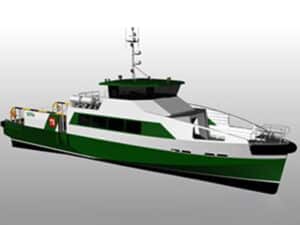
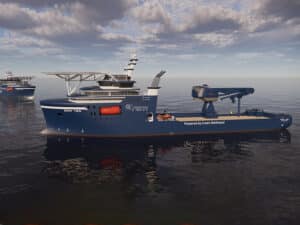
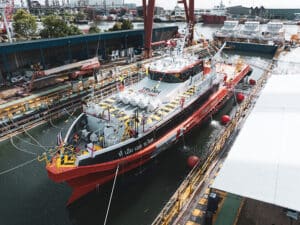
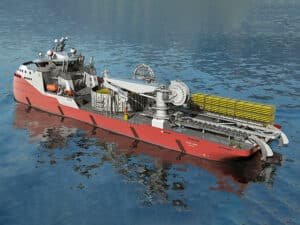
Leave a Reply
You must be logged in to post a comment.